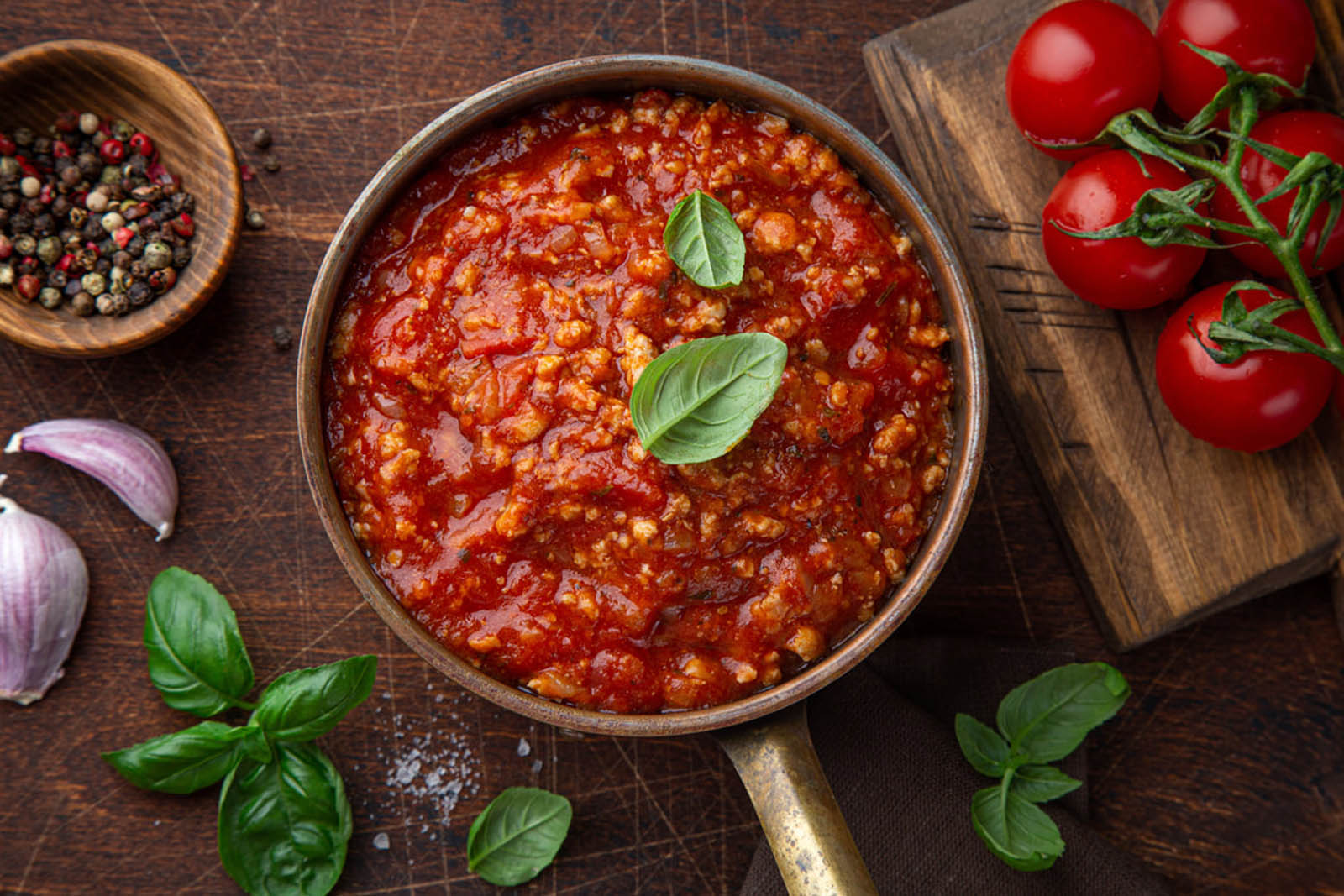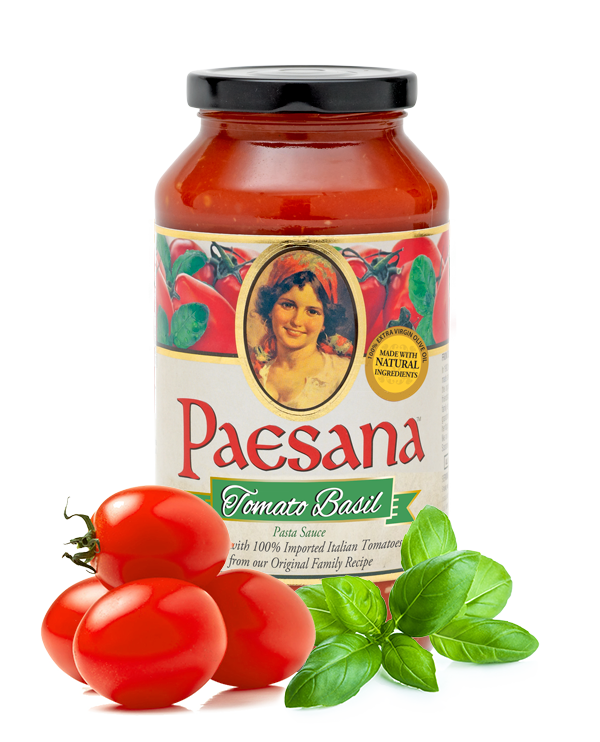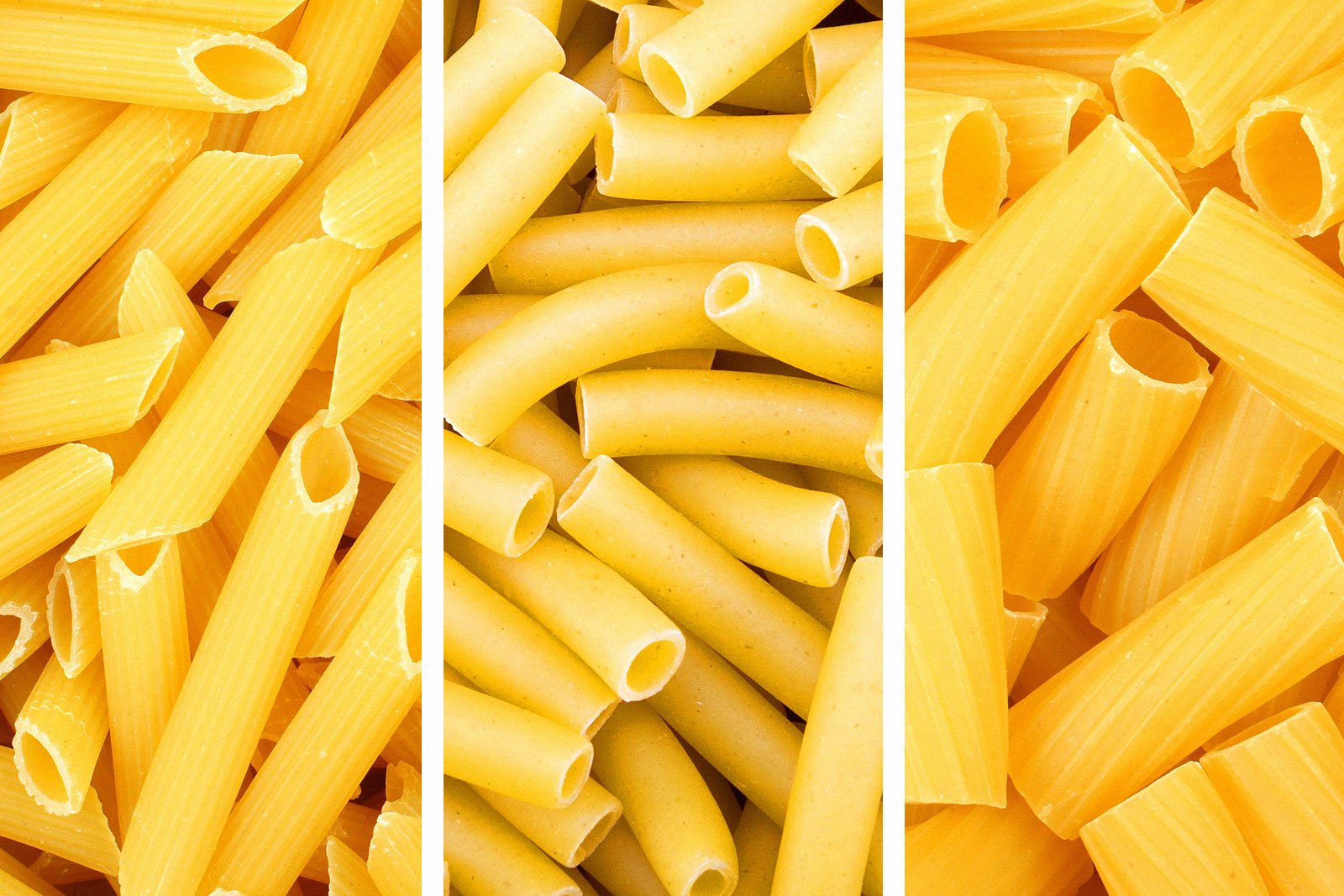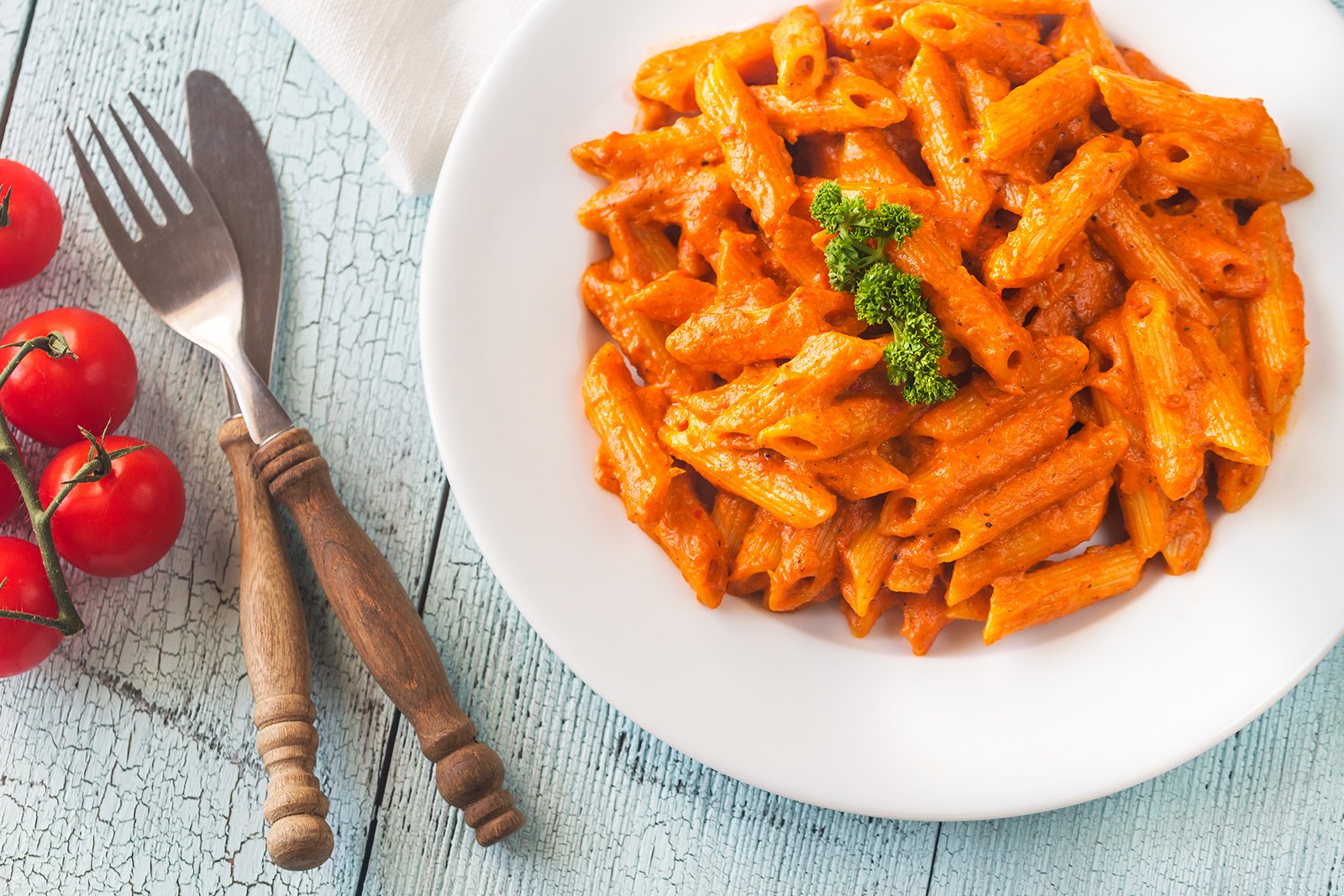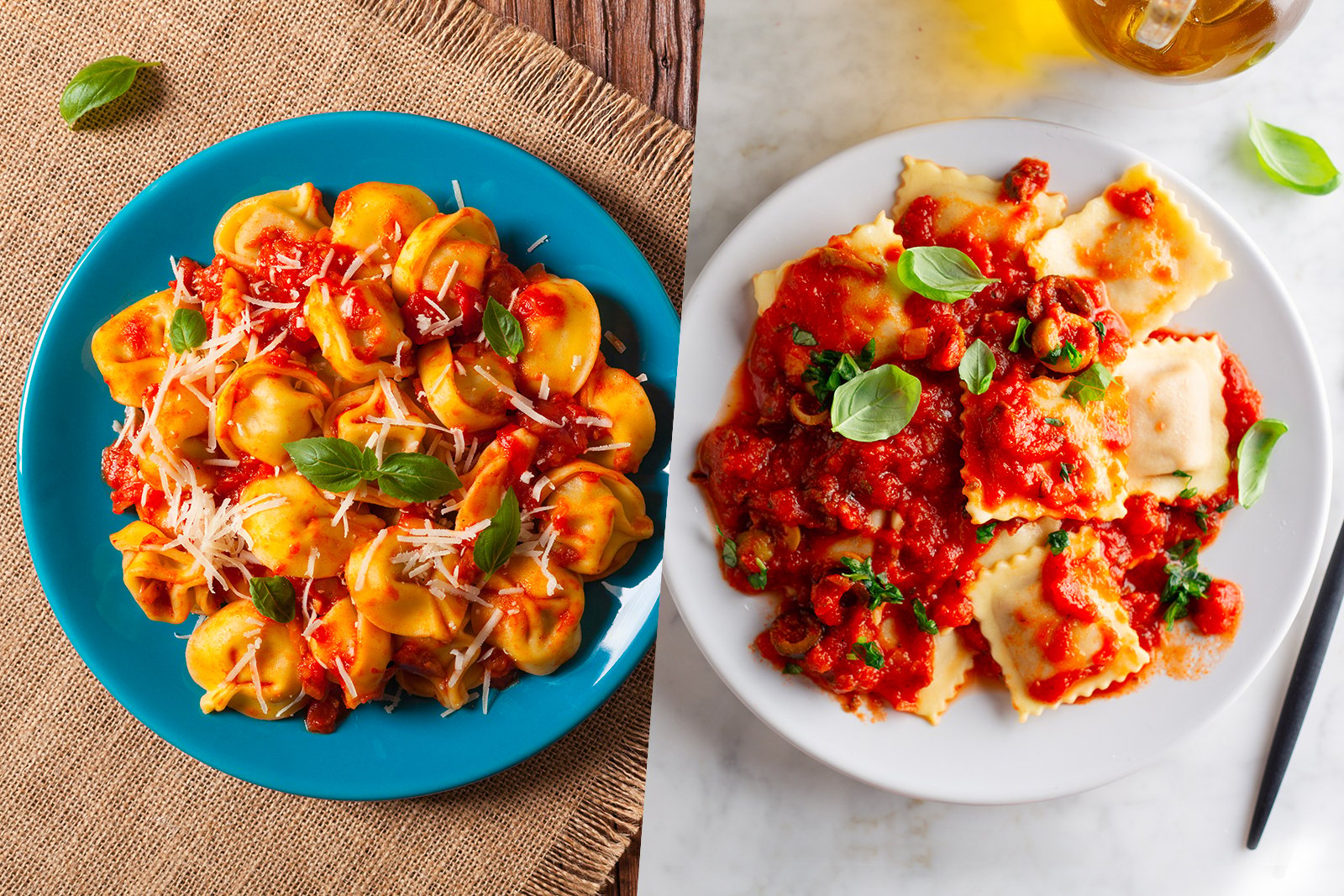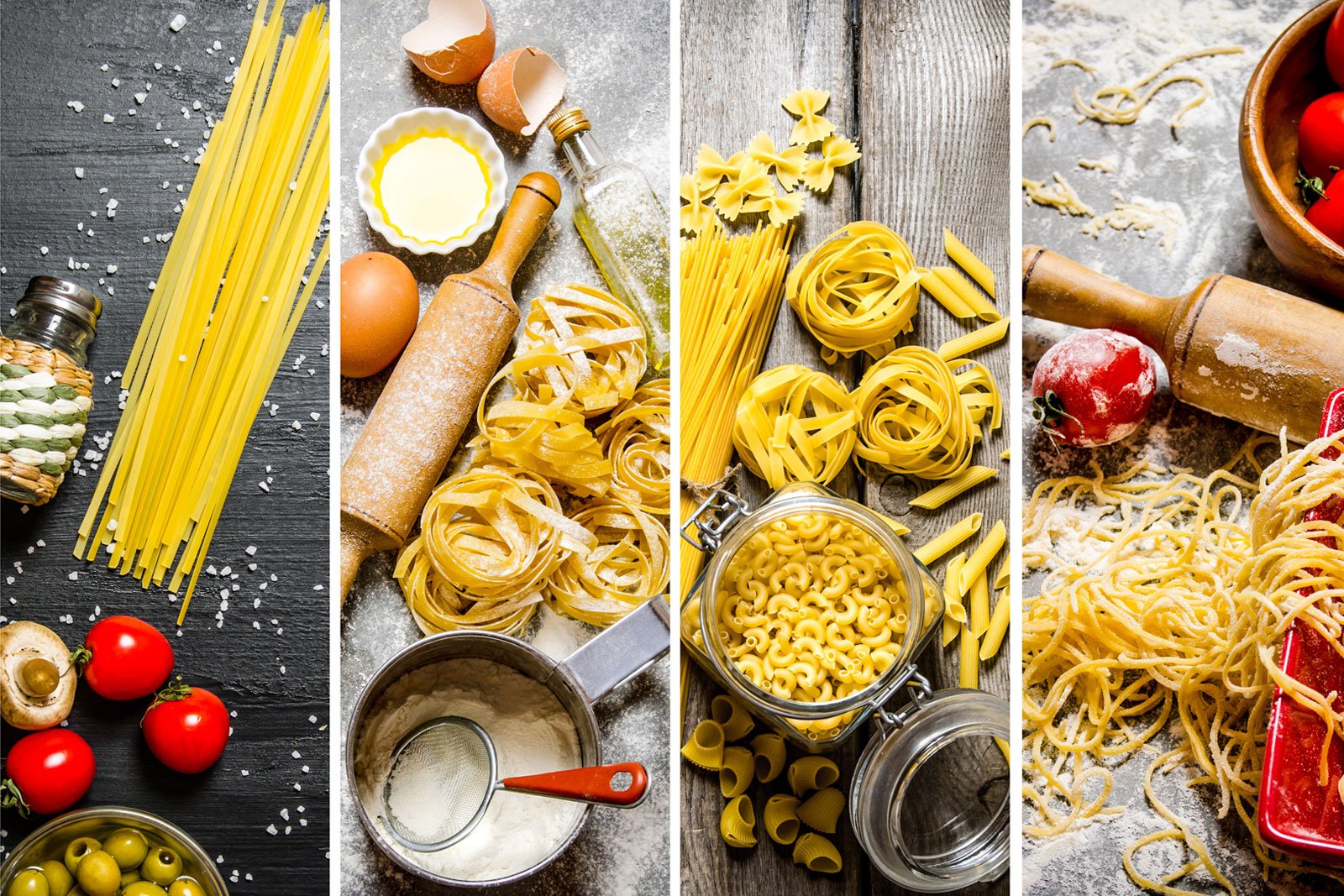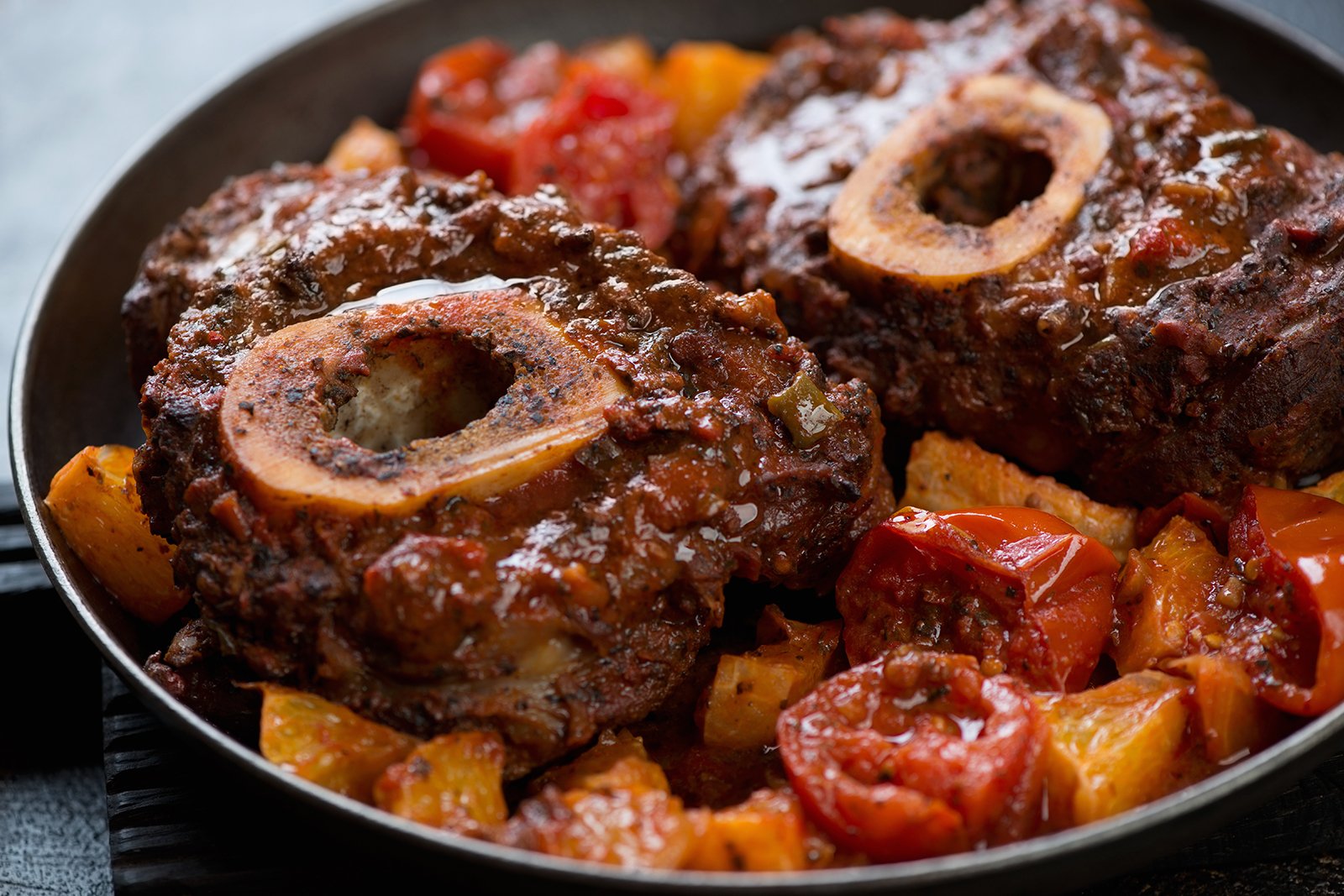On one end of the spectrum, you have tomato-based sauces. Inextricably linked to Italian cuisine and draped over pasta of all shapes, tomato sauces like marinara and fra diavolo have become Sunday-dinner classics. Then, on the other side of the spectrum, are rich and hearty meat sauces. Cooked for hours upon hours, meat sauces are deeply flavored and imbued with a satisfying savoriness that’s downright luxurious.
When you hear “Italian meat sauce,” your mind likely goes straight to bolognese, and for good reason. Italian bolognese sauce—ragù alla bolognese or simply, ragù—combines everything we love about a luscious meat sauce.
The earliest-known written recipe for bolognese comes from the 1891 cookbook of Pellegrino Artusi, an Italian businessman. The book, “La scienza in cucina e l'arte di mangiar bene” or “Science in the Kitchen and the Art of Eating Well,” is one of the most influential cookbooks to ever come out of Italy.
Bolognese Sauce Ingredients
Artusi’s recipe for maccheroni alla bolognese isn’t all that much different from modern takes on the meaty sauce. The bolognese sauce we’re all familiar with includes ground meat, of course, along with soffritto, the Italian version of mirepoix with celery, carrot, and onion. There’s also tomato paste, garlic, salt and pepper, a splash of wine, and cream.
Artusi’s recipe differs a bit, most noticeably in the meat department, as he uses veal instead of beef. He also chooses to include nutmeg, a pinch of flour, and some broth, with additional notes suggesting a more decadent version replete with dried mushrooms, truffles, chicken liver, and half a glass of cream.
What’s The Difference?
Italian recipes often mention soffritto and battuto. While both refer to the same concept, each is applied differently when it comes to cooking. Battuto refers to the raw base of vegetables for the soffritto. Simply put, when the battuto is sautéed in olive oil or butter, it becomes soffritto.
The key to a perfect bolognese, besides the well-developed flavor, is the uniform texture. All of the main ingredients should be roughly the same size. This makes for a more pleasant eating experience, as it helps evenly distribute the flavor, but also encourages the sauce to cling to each individual strand or piece of pasta.
The Best Pasta For Bolognese Sauce
Which brings us to another important element in the construction of a proper bolognese: the pasta. You might have a particular pasta that you’re most fond of, but when it comes to bolognese, the sauce requires hearty pasta strands that are strong enough to stand up to a heavy meat sauce or pasta varieties with nooks and crannies that can hold tiny pieces of meat and veggies.
Ideally, you want a good amount of bolognese sauce in every bite of pasta. Traditionally, fresh pastas like tagliatelle, pappardelle, and fettuccine are served with bolognese, as the broad, flat ribbons of pasta are sumptuously coated in the sauce.
Certain tube-shaped pasta also work, as the meaty chunks of sauce find its way into the empty space, ensuring robustness with every bite. These pastas include rigatoni or penne. But one of the most exciting—yes, exciting—pastas to enjoy with bolognese sauce is one that’s much less well-known than those previously mentioned. Named after a resemblance to radiators, the pasta known as “radiatori” is one that you should seek out the next time you cook bolognese. The peculiar shape of radiatori enables the sauce to get completely intertwined into the pasta’s twists and turns. When prepared with radiatori, each bite bursts with the essence and ingredients of bolognese.
Make Bolognese Sauce At Home With Paesana
While bolognese is a meat-based sauce as opposed to a tomato-based sauce, you can still utilize a jar of gourmet Paesana pasta sauce in the creation of this home-cooked meal. In order to add body to your sauce, simply ladle in a few helpings of our Sicilian Gravy. This sauce in particular has the perfect all-day simmered depth of flavor that makes for a truly enticing bolognese sauce. Not only that, adding Sicilian Gravy to your bolognese recipe will enable you to stretch out the sauce that much more, getting more than one meal out of it—that’s some serious bang for your buck!
But choose the right sauce for you. Head over to our online shop and find the Paesana sauce that’s ideal for your very own bolognese.
Paesana offers a full line of private label and direct to consumer pasta sauces and other authentic Italian condiments.

